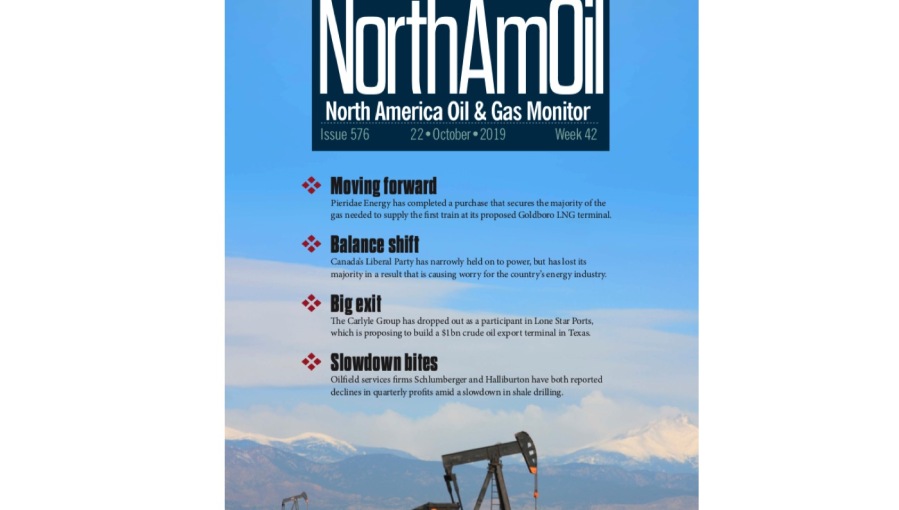NorthAmOil: Crude-by-rail on the rebound

Canadian crude-by-rail exports are reported to be rebounding after falling almost 40% in 2020, according to the Canada Energy Regulator (CER).
The regulator’s data show that crude-by-rail exports averaged 172,013 barrels per day, compared with 280,272 bpd in 2019. They hit a historic high of 411,991 bpd in February 2020 but subsequently fell to an eight-year low of 38,867 bpd in July.
Rail shipments subsequently began a gradual recovery as more oil returned to the market following a collapse in demand caused by the coronavirus (COVID-19) pandemic in the first half of the year. By December, crude-by-rail shipments had rebounded to 190,454 bpd, but year on year this was just over half the 347,136 bpd recorded in December 2019.
The CER noted that future levels of crude-by-rail exports depended on the pace of economic recovery from COVID-19, as well as on price differentials. However, a recovery in the oil market is expected to help boost rail shipments. In the longer term, the recent cancellation of the cross-border permit for the Keystone XL oil pipeline project could mean that more rail capacity will be needed in the future.
Crude-by-rail shipments are not the only factor pointing to an improvement in market conditions for Canada’s oil sands: last week, the government of Alberta – the Canadian province that contains the oil sands – estimated that its 2021-22 budget deficit would shrink to CAD18.2bn ($14.4bn) as its economy starts to recover from the damage caused by the pandemic. This compares with a 2020-21 deficit of CAD20.2bn ($16.0bn) – lower than a CAD24.2bn ($19.1bn) deficit projected in August 2020. The narrowing of the provincial deficit has been attributed to recovering crude prices.


Follow us online